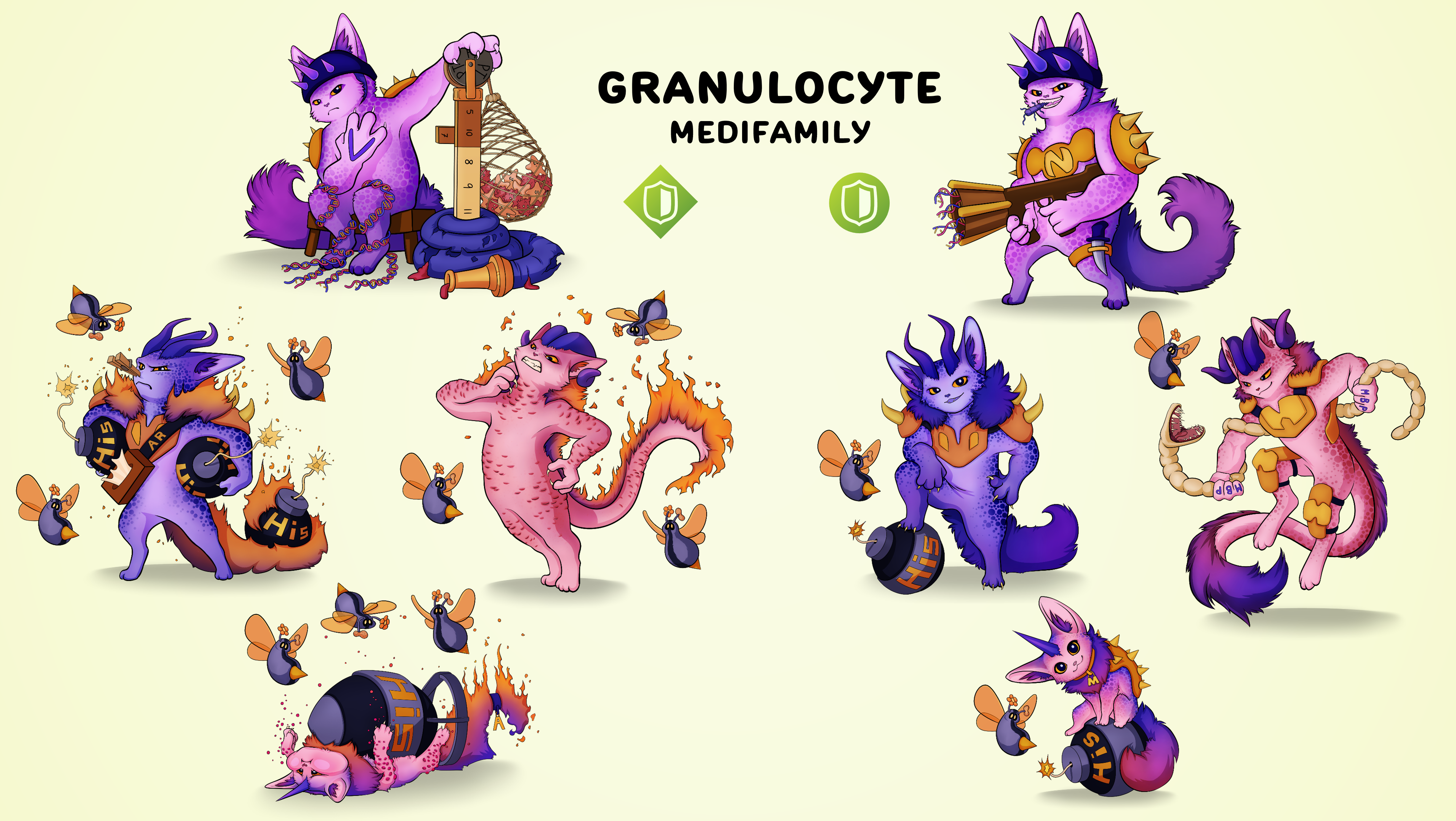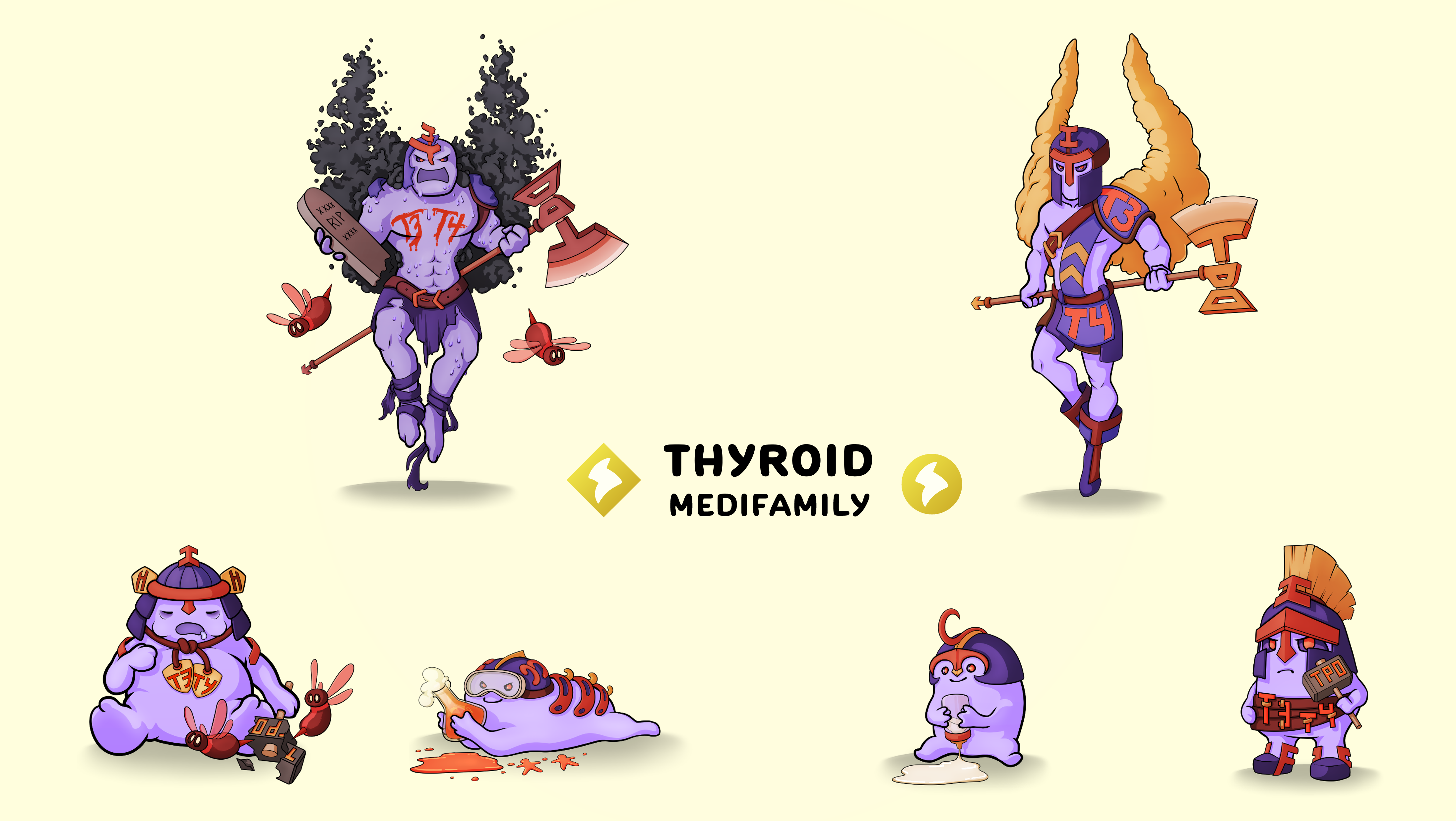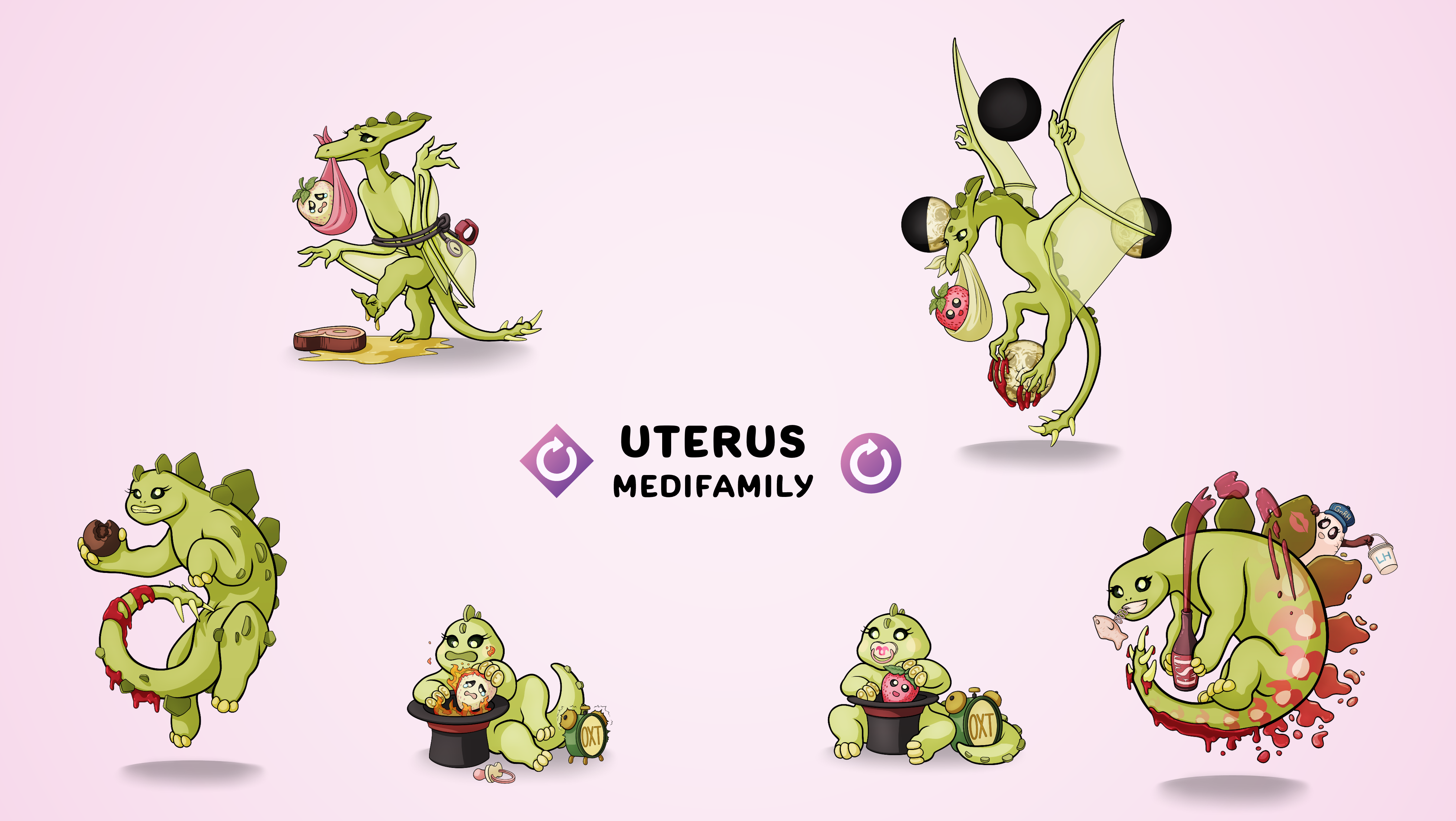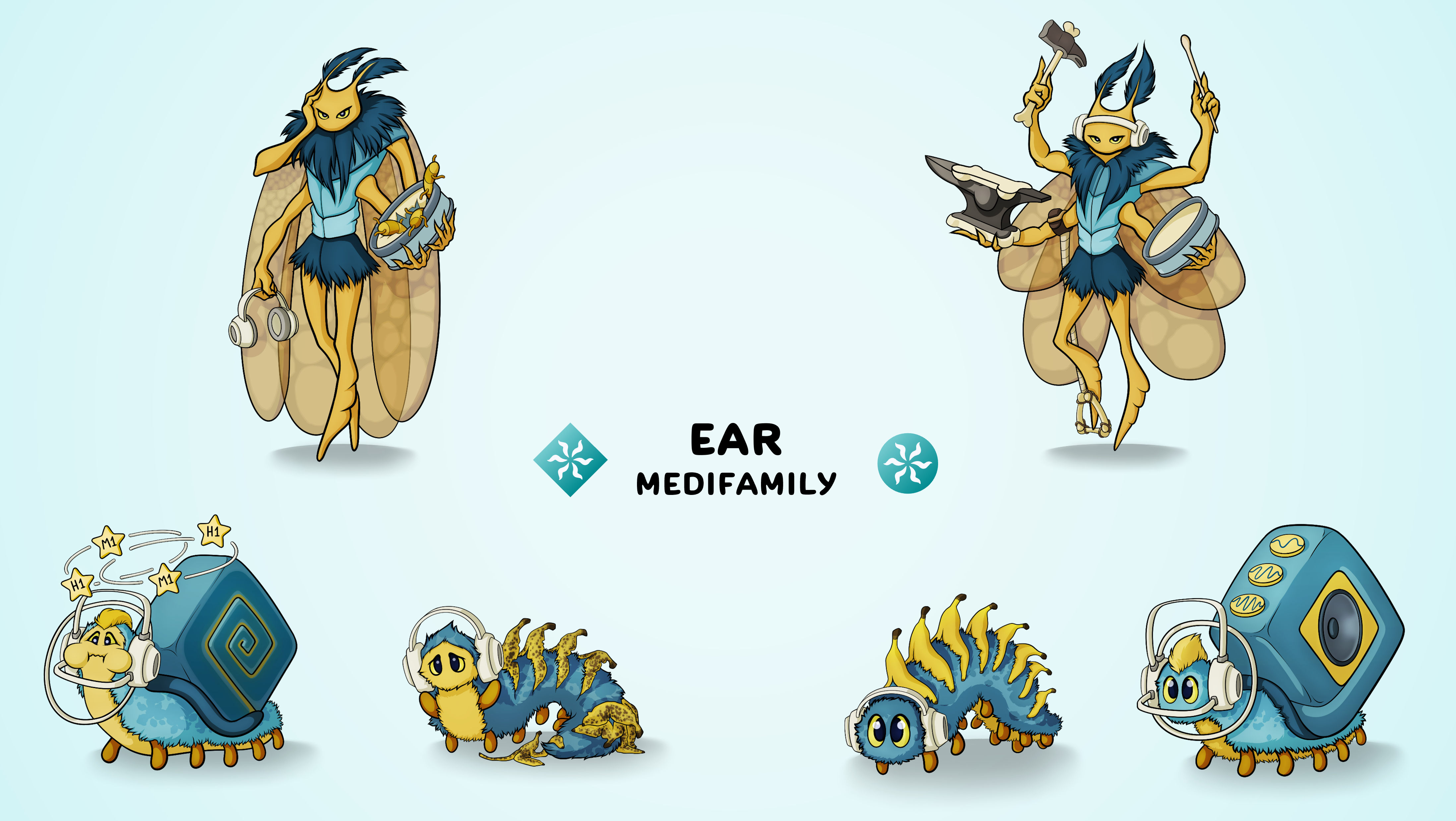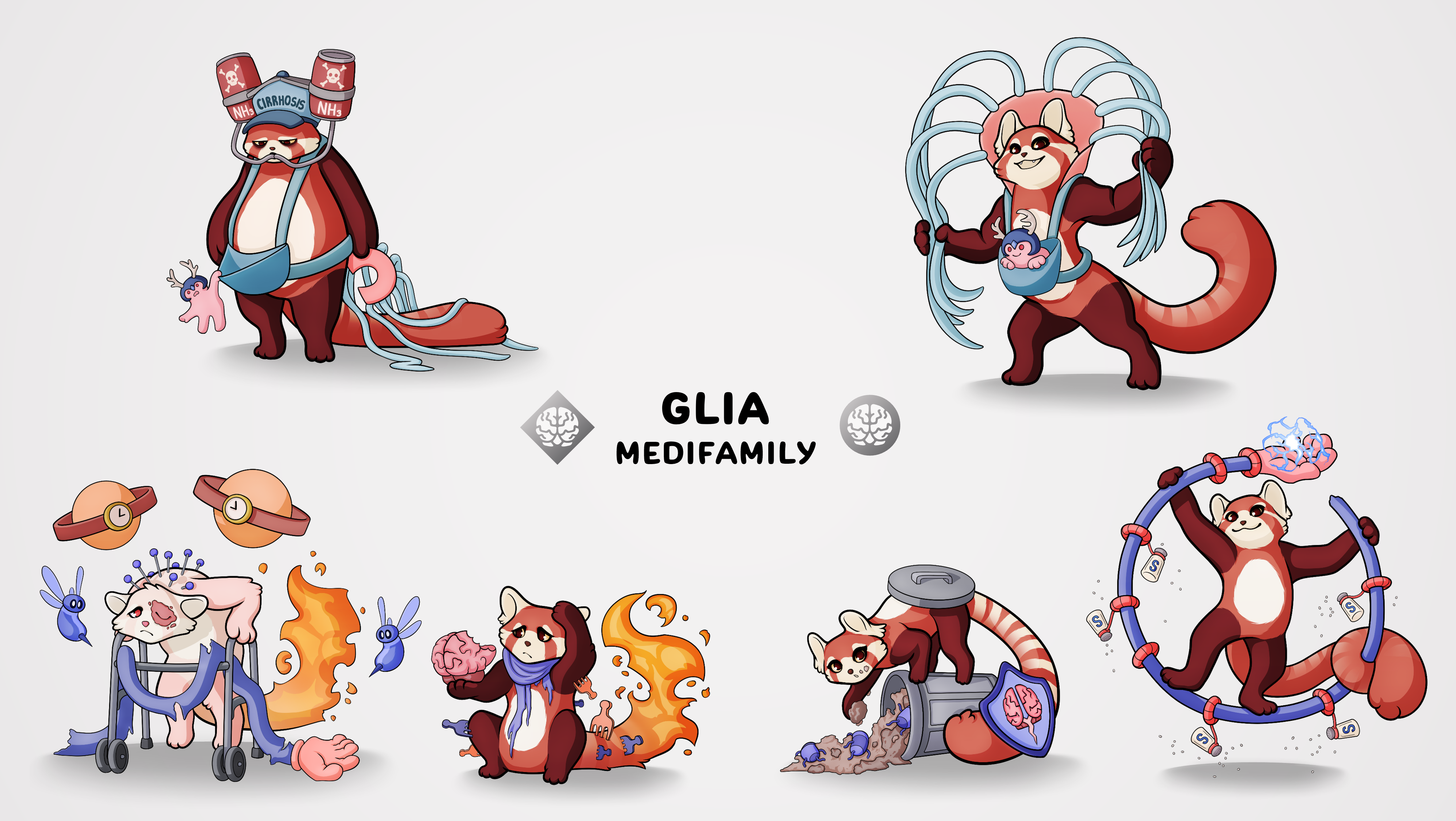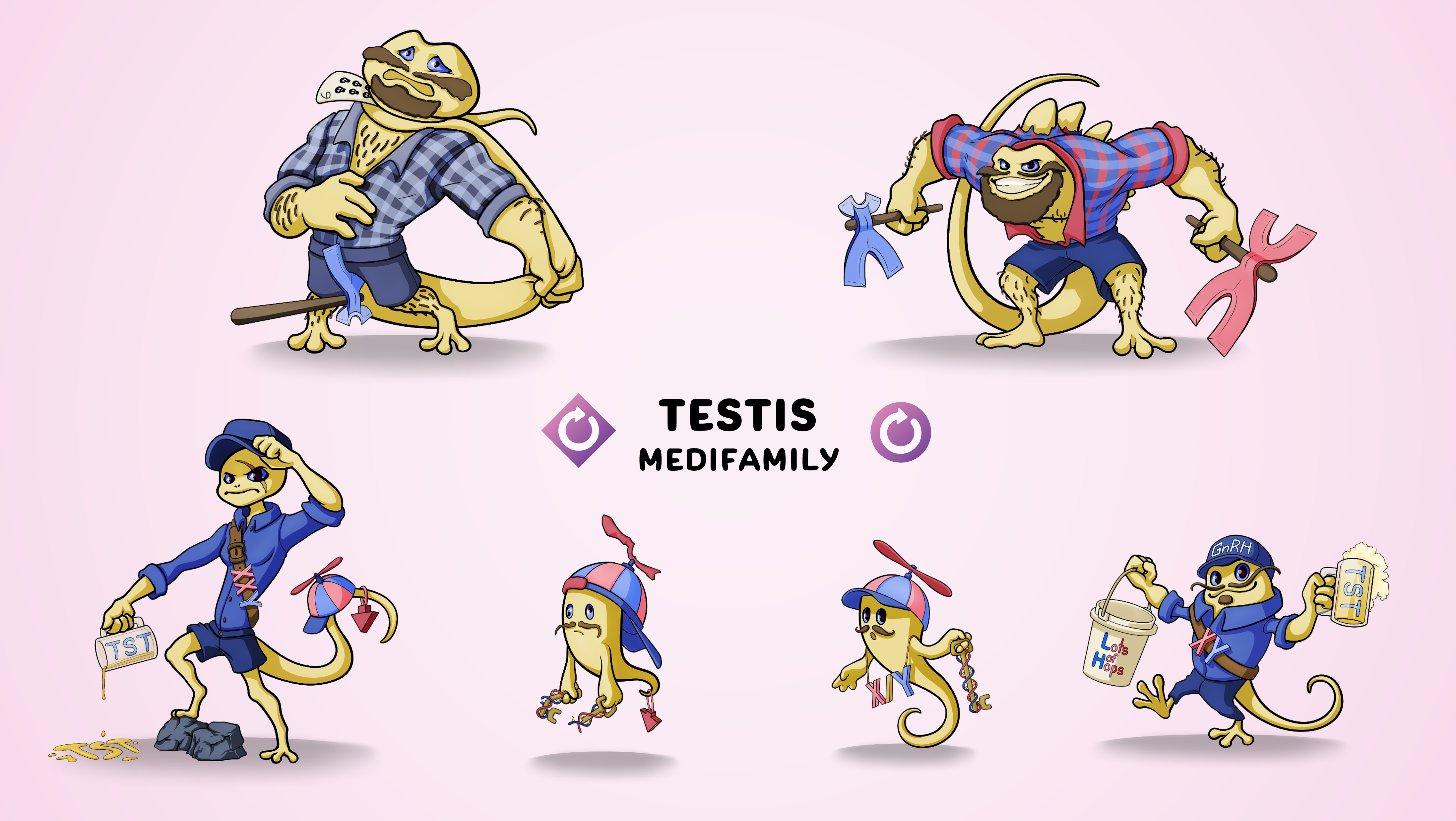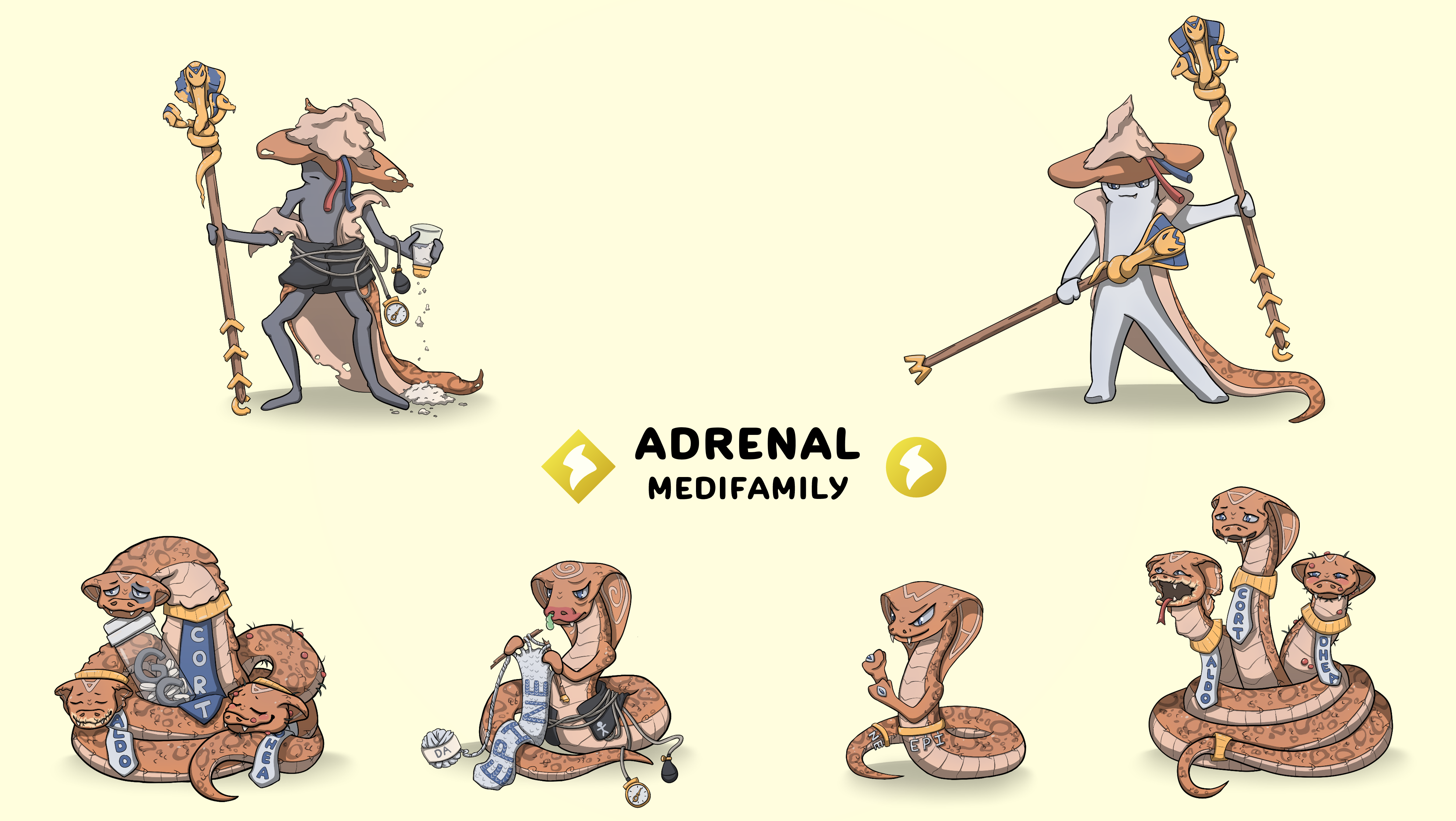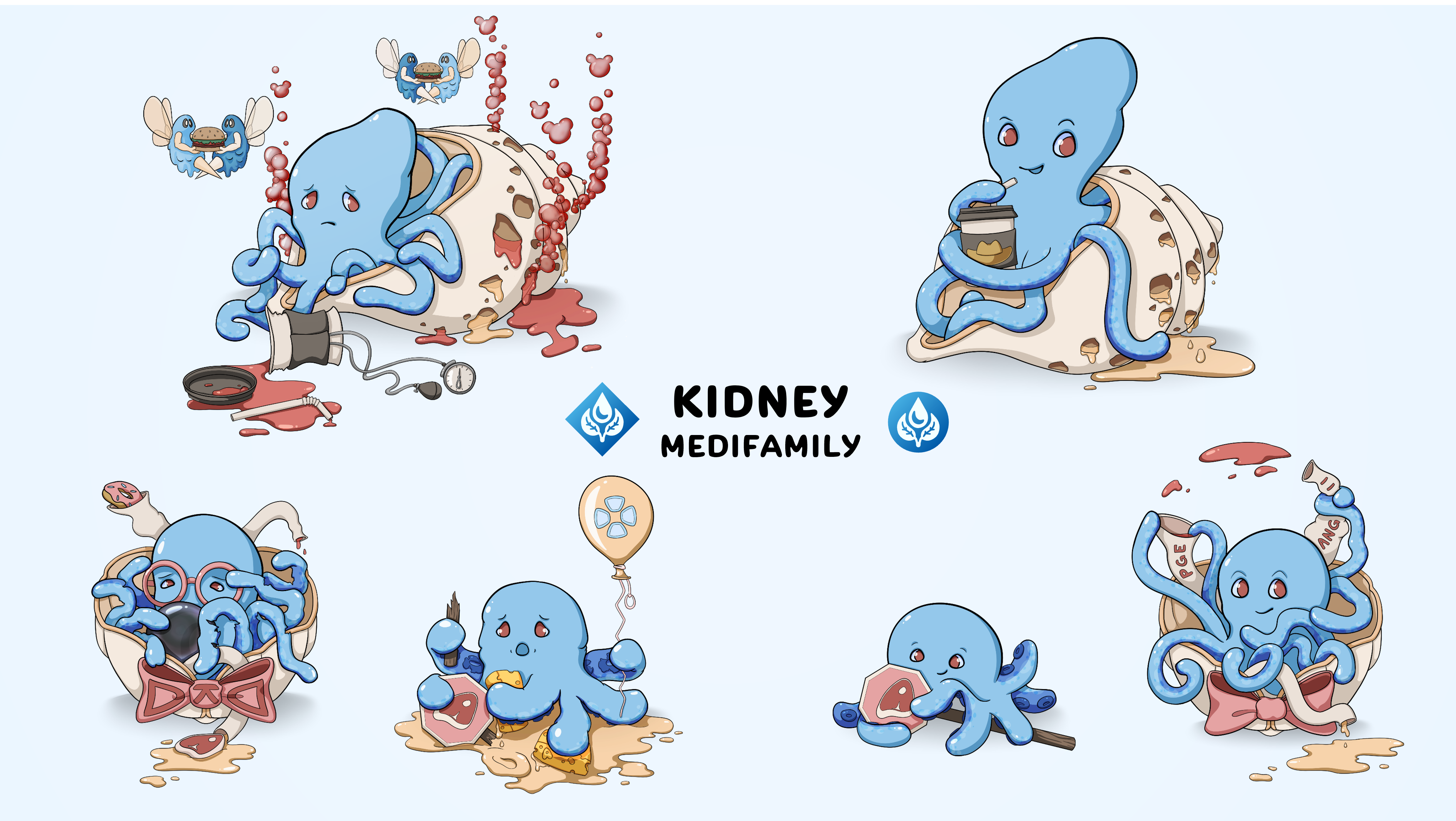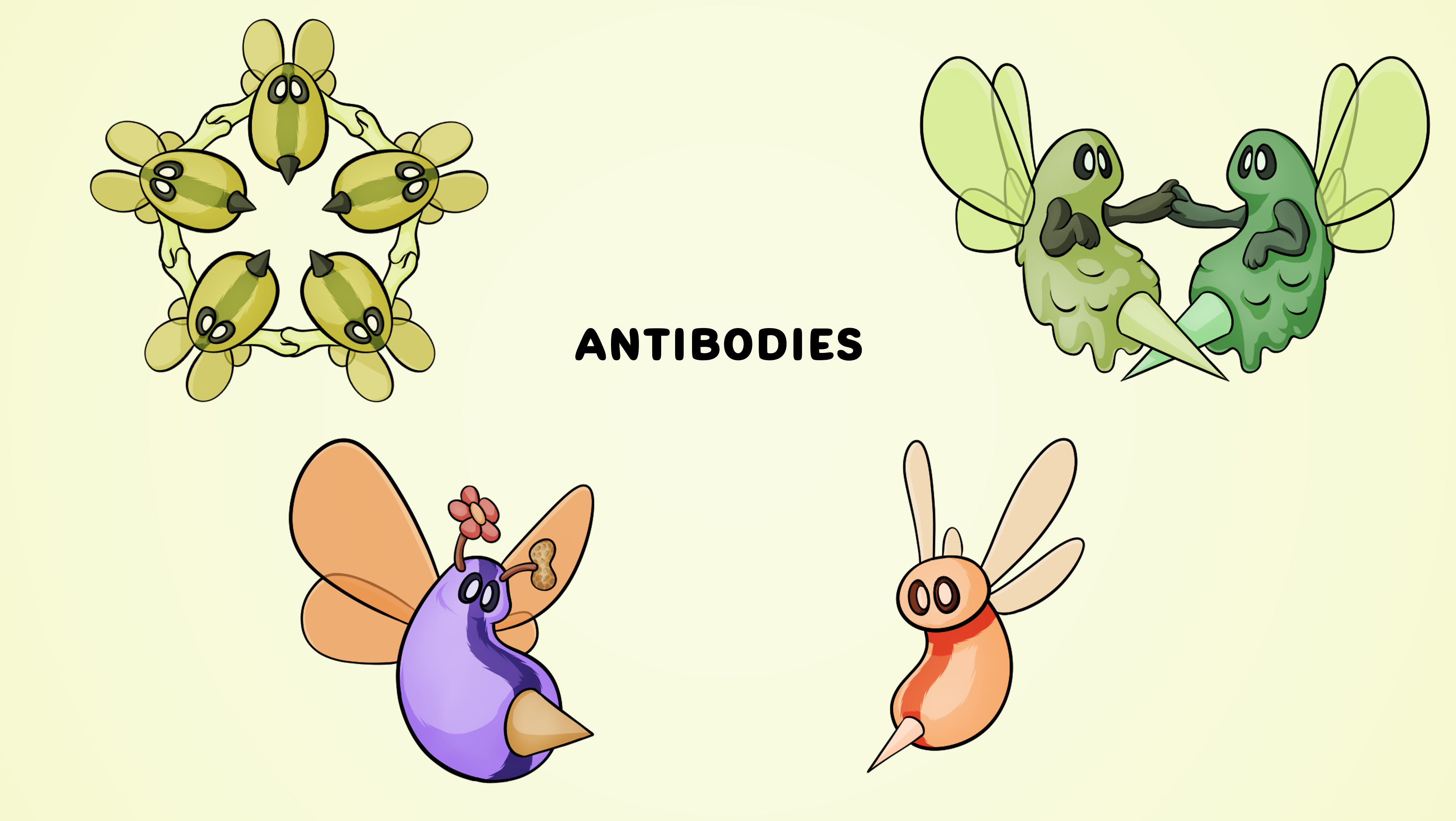Healthy eye
Rod
Rod cells are special light-sensitive cells in the back of the Eye called the retina. They help you see in low light conditions, like when it's dark outside.
Cone
Cone cells are also light-sensitive cells in the retina, but they help you see colors and fine details in brighter light conditions.
Eye
The Eye is an organ that helps you see by capturing light and turning it into electrical signals that the Brain can understand. It has many parts, like the cornea, lens, and retina, that work together to create clear vision.
Diseased eye
Retinitis Pigmentosa
Retinitis Pigmentosa is an Eye disease that mainly affects the Rod cells. It causes a gradual loss of night vision and peripheral vision, making it hard to see in dim light and around the edges of your visual field.
Color Blindness
Color Blindness is a condition where a person has difficulty seeing or distinguishing certain colors. This is usually due to a problem with the Cone cells in the retina.
Glaucoma
Glaucoma is an Eye disease that damages the optic nerve, which connects the Eye to the Brain. It is often caused by high pressure inside the Eye and can lead to vision loss if not treated.
eye Treatment
Retinitis Pigmentosa -> Rod
Vitamin A treats Retinitis Pigmentosa by helping to keep the Rod cells healthy. It can slow down vision loss and may help improve night vision in some people with the condition.
Color Blindness -> Cone
EnChroma glasses treat Color Blindness by using special lenses that filter light, helping to enhance the differences between colors. They can make it easier for some people with Color Blindness to distinguish colors more accurately.
Glaucoma -> Eye
Bimatoprost treats Glaucoma by increasing the flow of fluid out of the Eye. This helps lower the pressure inside the Eye, which can prevent further damage to the optic nerve and protect your vision.

